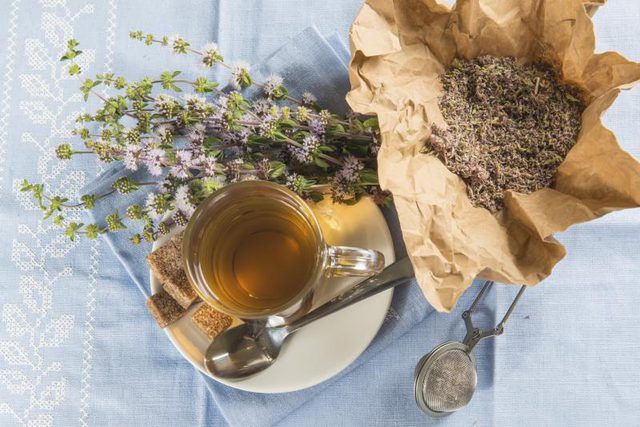Bulbs
Flower Basics
Flower Beds & Specialty Gardens
Flower Garden
Garden Furniture
Garden Gnomes
Garden Seeds
Garden Sheds
Garden Statues
Garden Tools & Supplies
Gardening Basics
Green & Organic
Groundcovers & Vines
Growing Annuals
Growing Basil
Growing Beans
Growing Berries
Growing Blueberries
Growing Cactus
Growing Corn
Growing Cotton
Growing Edibles
Growing Flowers
Growing Garlic
Growing Grapes
Growing Grass
Growing Herbs
Growing Jasmine
Growing Mint
Growing Mushrooms
Orchids
Growing Peanuts
Growing Perennials
Growing Plants
Growing Rosemary
Growing Roses
Growing Strawberries
Growing Sunflowers
Growing Thyme
Growing Tomatoes
Growing Tulips
Growing Vegetables
Herb Basics
Herb Garden
Indoor Growing
Landscaping Basics
Landscaping Patios
Landscaping Plants
Landscaping Shrubs
Landscaping Trees
Landscaping Walks & Pathways
Lawn Basics
Lawn Maintenance
Lawn Mowers
Lawn Ornaments
Lawn Planting
Lawn Tools
Outdoor Growing
Overall Landscape Planning
Pests, Weeds & Problems
Plant Basics
Rock Garden
Rose Garden
Shrubs
Soil
Specialty Gardens
Trees
Vegetable Garden
Yard Maintenance
How to Grow Pennyroyal
How to Grow Pennyroyal. Two plants are commonly known as pennyroyal: European pennyroyal (Mentha pulegium), a perennial native to Europe and Western Asia, and American pennyroyal (Hedeoma pulegioides), an annual that hails from the eastern U.S. Both herbs are low-growing and deeply aromatic, requiring minimal care when planted in the right...

Two plants are commonly known as pennyroyal: European pennyroyal (Mentha pulegium), a perennial native to Europe and Western Asia, and American pennyroyal (Hedeoma pulegioides), an annual that hails from the eastern U.S. Both herbs are low-growing and deeply aromatic, requiring minimal care when planted in the right conditions in the garden.
Partial Shade Is Best
Both European pennyroyal and American pennyroyal will thrive in an area with partial shade or dappled sunlight. European pennyroyal plants being grown for their essential oil should be planted in full sun, advises Plants for a Future. In bright, sunny sites, plants will require more moisture. European pennyroyal grows in U.S. Department of Agriculture plant hardiness zones 6 through 9, while American pennyroyal grows in USDA zones 5 through 9. These low-growing, tidy plants may be grown in a pot as long as it has at least one drainage hole.
Soil Preferences Vary
In its native habitat, European pennyroyal grows in moist meadows and alongside streams. The herb will tolerate most soil types, though it will suffer in dry soils. Water frequently to keep the soil moist at all times. American pennyroyal grows in dry, sandy soils, and needs either rich sandy soil or low to moderately fertile, well-draining soil. If planting multiple herbs, provide 12 inches between rows and 6 inches between individual plants.
Propagation by Seed or Division
Both types of pennyroyal can be propagated easily by seed or division. Sow seeds in a cold frame in spring, or sow directly in the garden in spring or fall. Plants may be divided anytime of year, though they will generally establish more quickly when divided in spring or fall. Replant divisions in their permanent positions in the garden, or plant individual divisions in pots and place in light shade in a cold frame. In the summer, plant divisions in the garden.
Harvest Before Flowering
Pennyroyal is edible, and may be used to make tea and essential oils. To harvest, cut the stems just before flowering. European pennyroyal flowers in late summer or early fall, while American pennyroyal flowers in midsummer or early fall. Though both species are generally considered safe to eat, eating large quantities of plant, particularly essential oil, can be toxic. The essential oil can also cause an allergic skin reaction.